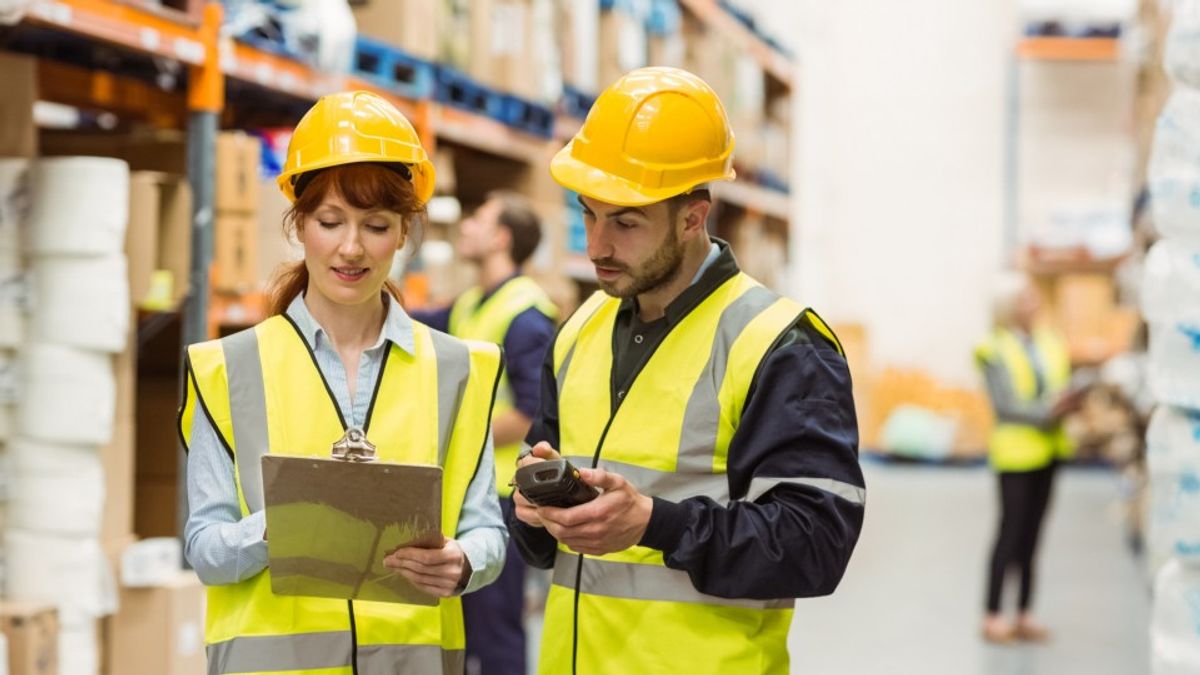In the competitive world of logistics, ensuring exceptional customer service is paramount for success. Tracking parcel deliveries is one of the key strategies that logistics companies can employ to enhance their customer service. It not only provides customers with the peace of mind that comes from knowing the whereabouts of their packages but also allows companies to streamline their delivery processes. This article explores five ways in which tracking parcel deliveries can significantly improve customer service in the logistics industry.
Key Takeaways
- Real-time tracking and visibility provide customers with transparency and reduce uncertainty about delivery timelines, increasing customer trust and satisfaction.
- Route optimization through tracking technologies leads to faster, more efficient deliveries, which can improve the overall customer experience.
- Automated dispatching systems enhance resource allocation and operational efficiency, leading to quicker response times and better service.
- Enhanced last-mile delivery, supported by tracking capabilities, ensures a seamless end-to-end delivery journey, fostering repeat business and positive customer experiences.
- Developing an in-house tracking system affords businesses the flexibility to tailor the tracking experience to customer needs, optimizing information and control.
1. Real-Time Tracking and Visibility

In the intricate dance of logistics, real-time tracking emerges as a game-changer, offering both customers and businesses detailed insight into the journey of each package. For customers, this means the ability to track their parcels in real-time, providing transparency and assurance regarding delivery timelines. On the business side, real-time tracking allows for precise monitoring of every shipment, enabling proactive decision-making and intervention when necessary.
Real-time tracking serves as a deterrent to potential theft or tampering, as the visibility and accountability provided by the system create a more secure and trustworthy shipping environment.
Real-time tracking is no longer a luxury but a necessity in the modern logistics industry. It provides much-needed transparency, optimizes route efficiency, enhances customer service, and ultimately, drives cost savings. However, implementing real-time tracking requires careful planning and a comprehensive understanding of costs.
Implementation Roadmap
- Identifying the need
- Evaluating technology options
- Integrating with existing systems
- Training staff and stakeholders
- Monitoring and continuous improvement
2. Route Optimization

In the complex world of logistics, route optimization is a critical component that significantly enhances the efficiency of delivery operations. By leveraging dynamic route optimization, delivery management software transforms the traditional approach to route planning, ensuring that each delivery is executed in the most efficient manner possible.
Route optimization not only streamlines the delivery process but also has a profound impact on the overall sustainability of logistics operations. It directly affects fuel consumption, delivery times, and the environmental footprint, making it an essential practice for any forward-thinking logistics company.
The benefits of route optimization are clear:
- Reduced fuel consumption: By minimizing the distance traveled, fuel usage is significantly lowered.
- Quicker delivery times: Efficient routes mean faster deliveries, which in turn enhances customer satisfaction.
- Sustainability: Lower emissions contribute to a reduced environmental impact.
Embracing technology that offers dynamic route adjustments is not just a solution—it's a strategic imperative for logistics organizations striving for excellence and customer loyalty.
3. Automated Dispatching

Automated dispatching stands at the forefront of enhancing logistics operations, providing a seamless integration of technology and delivery services. By utilizing advanced algorithms, dispatch systems intelligently assign drivers to deliveries, taking into account various factors such as proximity, availability, and load capacity.
During peak times, the agility of automated dispatching proves invaluable. It swiftly matches the most suitable driver with each delivery, ensuring that customer expectations for timely deliveries are met, even under high demand. This capability not only boosts customer satisfaction but also bolsters the reliability and responsiveness of the delivery service.
Automated dispatching is a key element in maintaining the efficiency of the delivery network, especially during periods of high demand.
Here's a brief overview of how dispatch software aids in logistics:
- Manages driver schedules and availability
- Matches drivers with delivery needs
- Optimizes resource allocation
- Adapts to changing conditions in real-time
- Prevents bottlenecks and delays
4. Enhanced Last-Mile Delivery

Enhanced last-mile delivery is pivotal in the logistics process, often determining the overall customer experience. Real-time tracking and visibility during this stage ensure that customers are kept informed about the whereabouts of their parcels, leading to improved customer satisfaction and loyalty.
Efficient last-mile delivery solutions not only reduce costs but also enhance operational efficiency. This allows companies to focus on core business activities while ensuring timely deliveries. The benefits of such systems are clear: customers enjoy accurate delivery estimates and progress monitoring, which translates to enhanced convenience and minimized delivery issues.
Enhanced last-mile delivery tracking leads to higher customer satisfaction levels, fostering repeat business and positive customer experiences.
Carriers that offer specialized last-mile delivery services, such as Delhivery, FedEx, USPS, Onfleet, and Starship Technologies, make the final mile delivery more efficient. By optimizing delivery routes, these services contribute significantly to customer trust in the brand. Delays, often caused by traffic congestion, lack of accessibility, and address issues, are mitigated, further contributing to customer loyalty and improving overall sales.
5. In-House Tracking System Development

Developing an in-house tracking system offers a unique advantage: customization to your business's specific needs. This approach not only enhances the tracking process but also provides valuable insights into customer preferences and supply chain efficiency.
By focusing on in-house development, companies can optimize their operations and gain a competitive edge through improved transparency and control.
Integration with existing IT infrastructure, such as ERP or CRM systems, is a critical step. It ensures that data, like vehicle locations, is accurately reflected and that any technical issues are resolved quickly. Testing is essential to confirm the seamless flow of information.
Cost considerations are crucial when deciding between DIY and outsourcing. Direct costs for DIY include software development, hardware, and staff training. Here's a simplified cost comparison:
Ultimately, an in-house system can lead to heightened customer satisfaction by providing a more personalized and transparent delivery experience.
Conclusion
In conclusion, the integration of advanced parcel tracking systems in logistics is a cornerstone for enhancing customer service. By offering real-time tracking and visibility, customers gain a sense of security and transparency that significantly reduces anxiety and builds trust. Route optimization and automated dispatching not only expedite deliveries but also contribute to environmental sustainability and operational efficiency. The ability to provide accurate estimated delivery times and convenient features like delivery notifications and rerouting options empowers customers, leading to increased satisfaction and loyalty. As we've explored, these systems are not just about tracking; they are about transforming the delivery experience into a seamless, communicative, and customer-centric journey. Embracing these technologies is a strategic move for any logistics business aiming to improve customer satisfaction and gain a competitive edge in today's fast-paced market.
Frequently Asked Questions
How does real-time tracking enhance customer service in logistics?
Real-time tracking provides customers with detailed insights into the journey of their packages, offering transparency and assurance about delivery timelines, which builds trust and reduces uncertainty.
What is route optimization and how does it benefit customers?
Route optimization dynamically adjusts delivery routes for faster, more efficient deliveries. This benefits customers by reducing delivery times and enhancing the overall reliability of the service.
How does automated dispatching improve the delivery process?
Automated dispatching intelligently assigns drivers based on various factors, ensuring optimal resource allocation and quicker response times during peak periods, leading to improved customer experiences.
In what ways does enhanced last-mile delivery contribute to customer satisfaction?
Enhanced last-mile delivery provides customers with convenience features such as delivery notifications and the ability to reroute packages, ensuring a seamless and hassle-free experience, which boosts satisfaction.
Why might a company develop an in-house tracking system for deliveries?
Developing an in-house tracking system allows a company to customize technology to their specific needs, optimize the tracking information provided, and enhance operational control over the delivery process.
How can courier software features transform delivery operations?
Courier software features, such as real-time tracking and secure communication channels, address specific logistics challenges, enhancing delivery operations and contributing to overall customer satisfaction.



